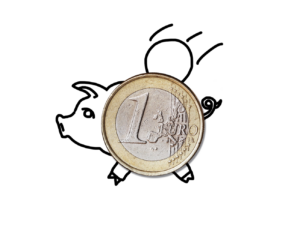WHICH PROCESSES CAN BE AUTOMATED?
PROCURE-TO-PAY(P2P)
• Processing receivables, other payments, and payment requests
• Processing domestic and international payments and exchange rate differences
• Processing travel orders
• Bank statement registration and settlement
RECORD-TO-REPORT (R2R)
• Cost accounting and taxation
• Analysis processing and the generation of financial (and other) reports
• Drafting documents for consolidation, audit, annual planning, plan implementation, and budget analyses
• Approving administrative and other processes
• System data updates and communication with other digital systems
• Archiving various types of documents and retrieving data from documents
• GDPR and other compliance checks
ORDER-TO-CASH (O2C)
• Processing cash operations, loans, direct debits, and other transactions
• Registering suppliers, customers, goods, and other items within a system
• Price comparison and supplier selection
• Processing supplier and customer requests
• Validating data, suppliers, and other processes
• Automated responses to suppliers, customers, and other entities
What are the steps in automation process?
An initial analysis and identification of processes for automation
A current situation analysis and RPA solution design
Solution development and testing
RPA technology deployed in production
Solution optimization
Software robot management and maintenance
HOW LONG DOES AUTOMATION TAKE?

The automation itself does not take long. We are able to deliver a complete and implemented robot for your systems within 4 to 16 weeks from the first meeting. The complexity of the actual implementation is minimal compared to implementing a new system.
WHAT IS THE RETURN OF INVESTMENT IN RPA?

The return on investment in software robots ranges from 6 months to 2 years.
BENEFITS OF AUTOMATION
Streamlined back-office processes
Improved customer satisfaction
Reduced delivery times and response times
Reduced error rate and eliminated deviations
Fast solution implementation and scalability




